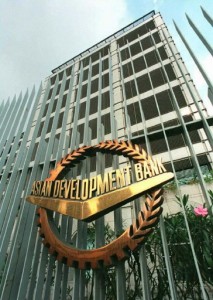PH lags Asean in creative productivity
The Philippines lags behind most of its Asean neighbors in converting the innate creativity of its people into innovative and creative products, an Asian Development Bank (ADB) study showed.
The ADB-commissioned Economist Intelligence Unit report titled “Creative Productivity Index: Analyzing creativity and innovation in Asia” showed that among the mostly Asian countries covered by the study, the Philippines ranked 18th of 24 and was found to have a “medium” level of creative productivity.
Among the Asean countries included in the report, the Philippines’ ranking was below those of Laos (9th), Singapore (10th), Indonesia (12th), Malaysia (13th), Thailand (15th), and Vietnam (16th). Only Burma (Myanmar) at 22nd and cellar dweller Cambodia placed below the Philippines in Asean. Japan was No. 1 overall.
The report is based on the so-called “Creative Productivity Index (CPI),” which “measures the innovative and creative capacity of economies by relating creative inputs to outputs.”
“The CPI focuses on efficiency. It measures how proficient economies are at turning innovation inputs such as skills or infrastructure into innovation outputs such as patents or scientific publications,” the ADB explained.
Article continues after this advertisementFor the Philippines, the input side was “average on most dimensions, but is behind on firm dynamics, owing to rigid labor markets and financial institutions, which prevent firms from accessing credit,” according to the ADB.
Article continues after this advertisementFirm dynamics reflects the flexibility and vitality of the domestic labor market and workforce, while the financial institutions metric determines how the government and financial institutions provide an environment conducive to innovation. The ADB said the country has “inadequate financial institutions” as well as an “inflexible labor market.”
While the bright spots in the Philippines’ creative productivity are in the areas of competition (“an environment favorable to creative destruction”) and human capital (“the capacity of an economy to innovate”), a number of related challenges may hinder innovation.
For one, “despite the fact that policymakers are broadly in favor of private enterprise and competition, concerns linger over the sanctity of contracts and the influence of the country’s family-owned conglomerates,” the ADB noted.
